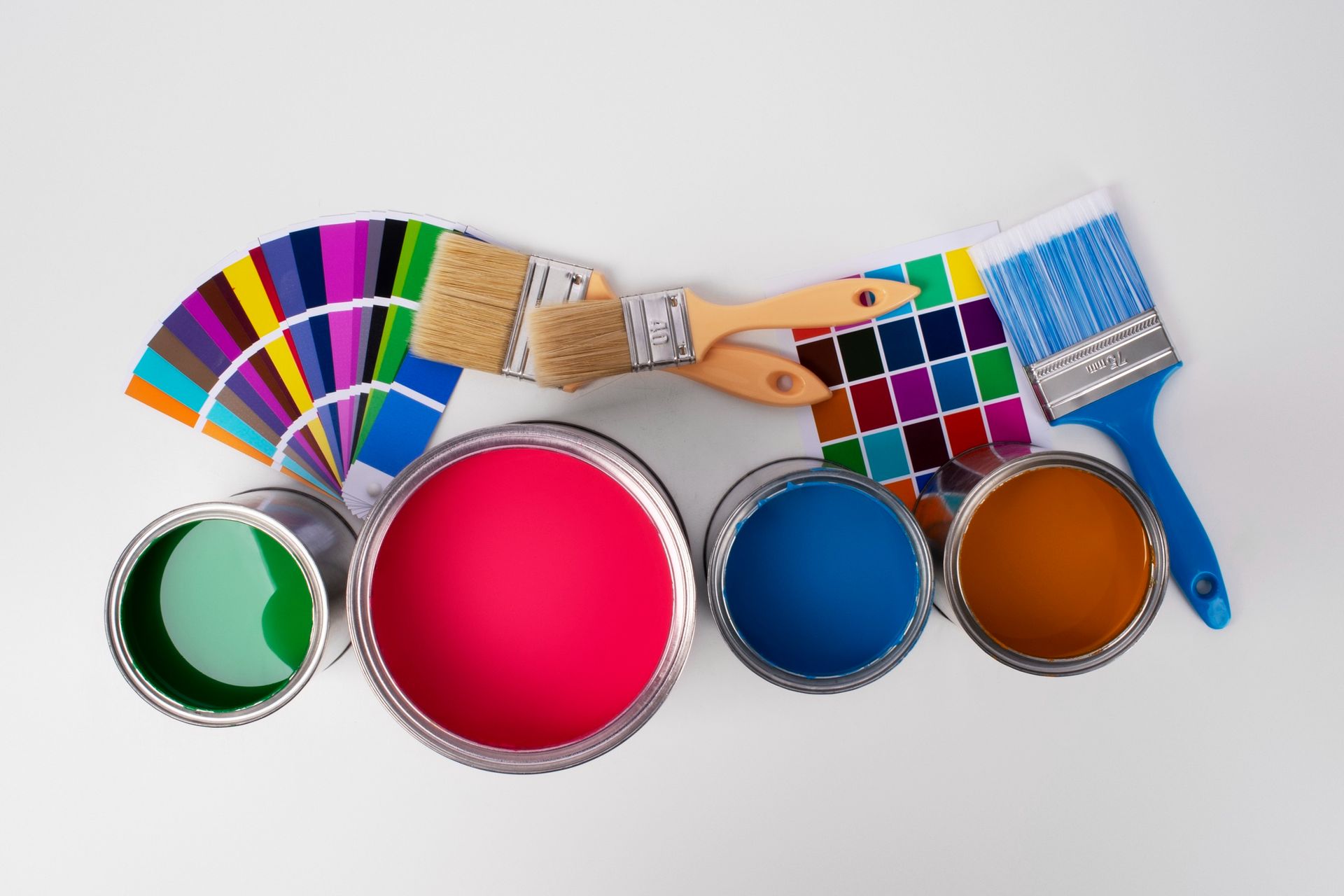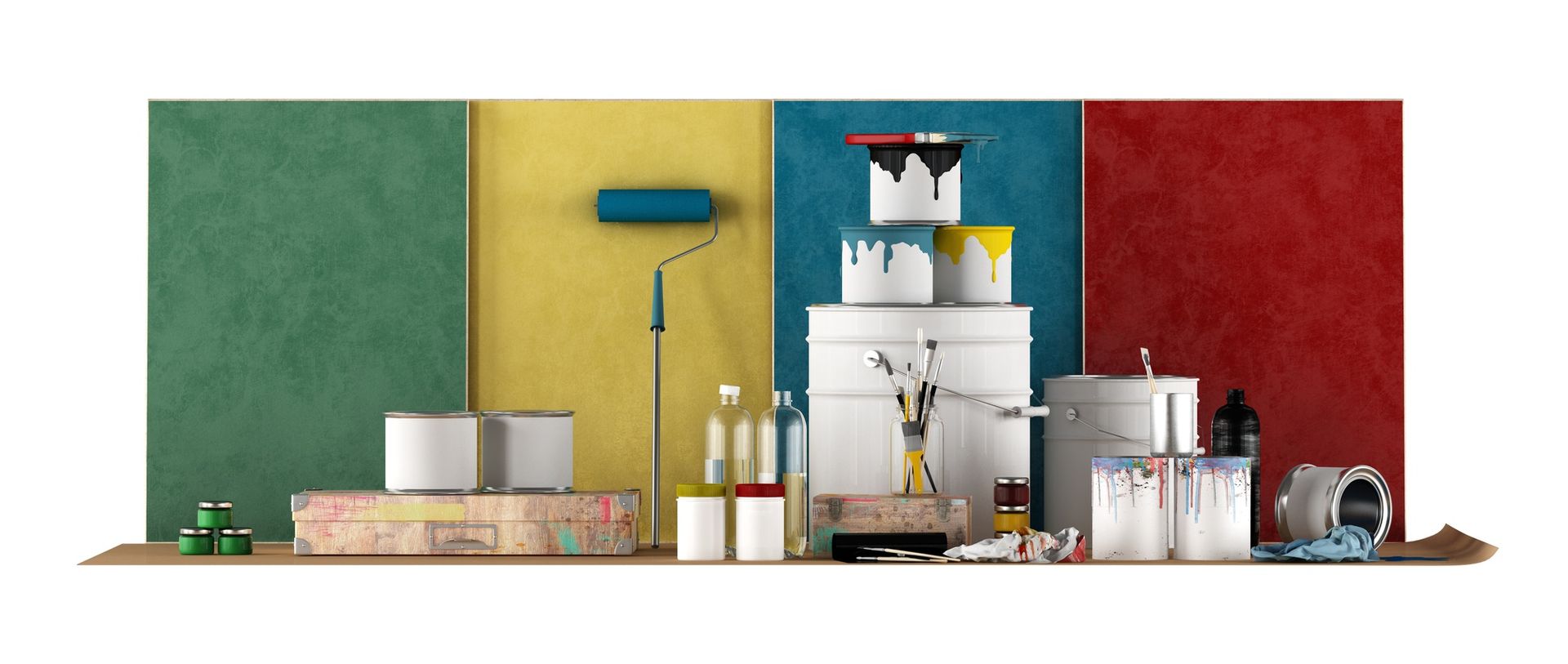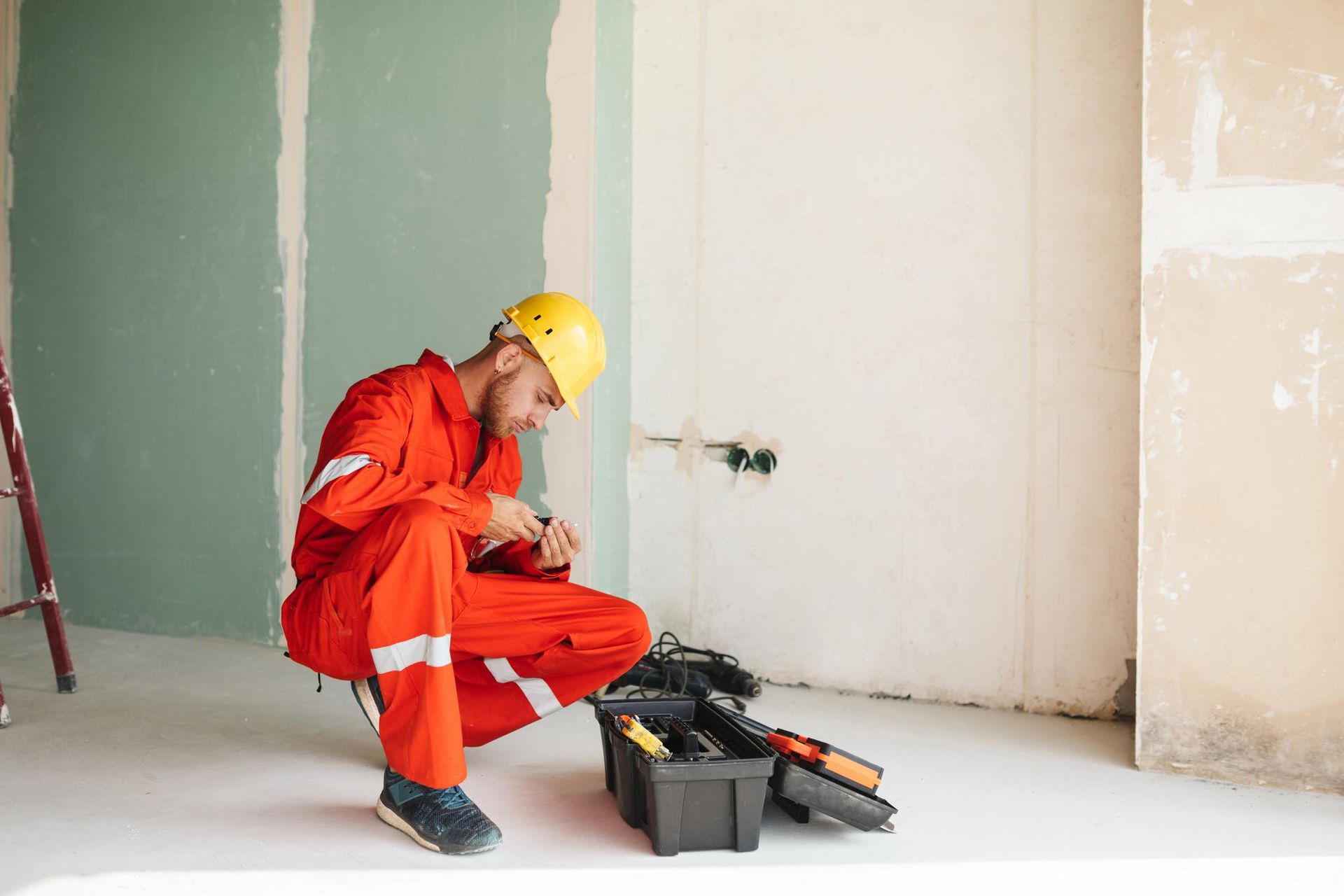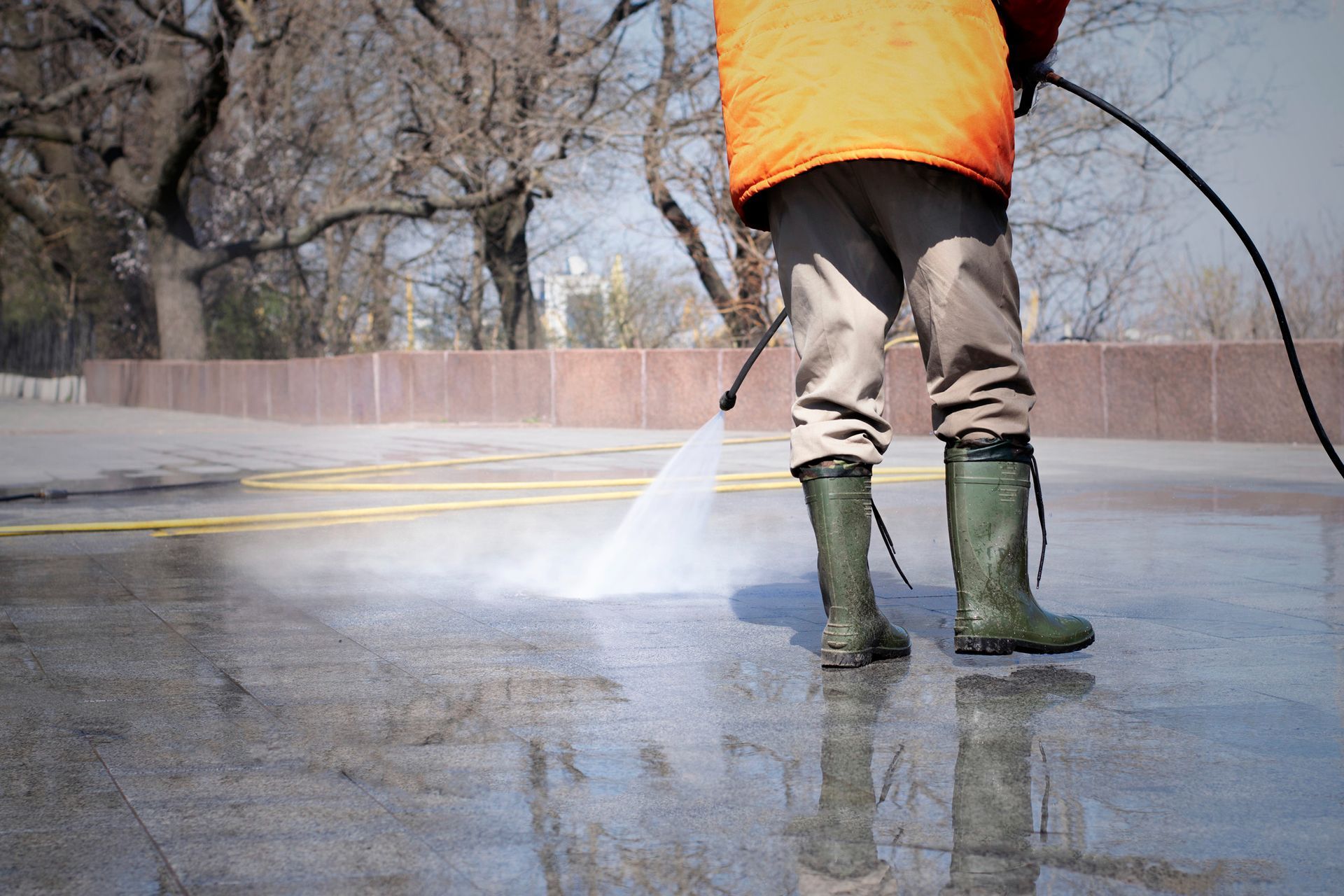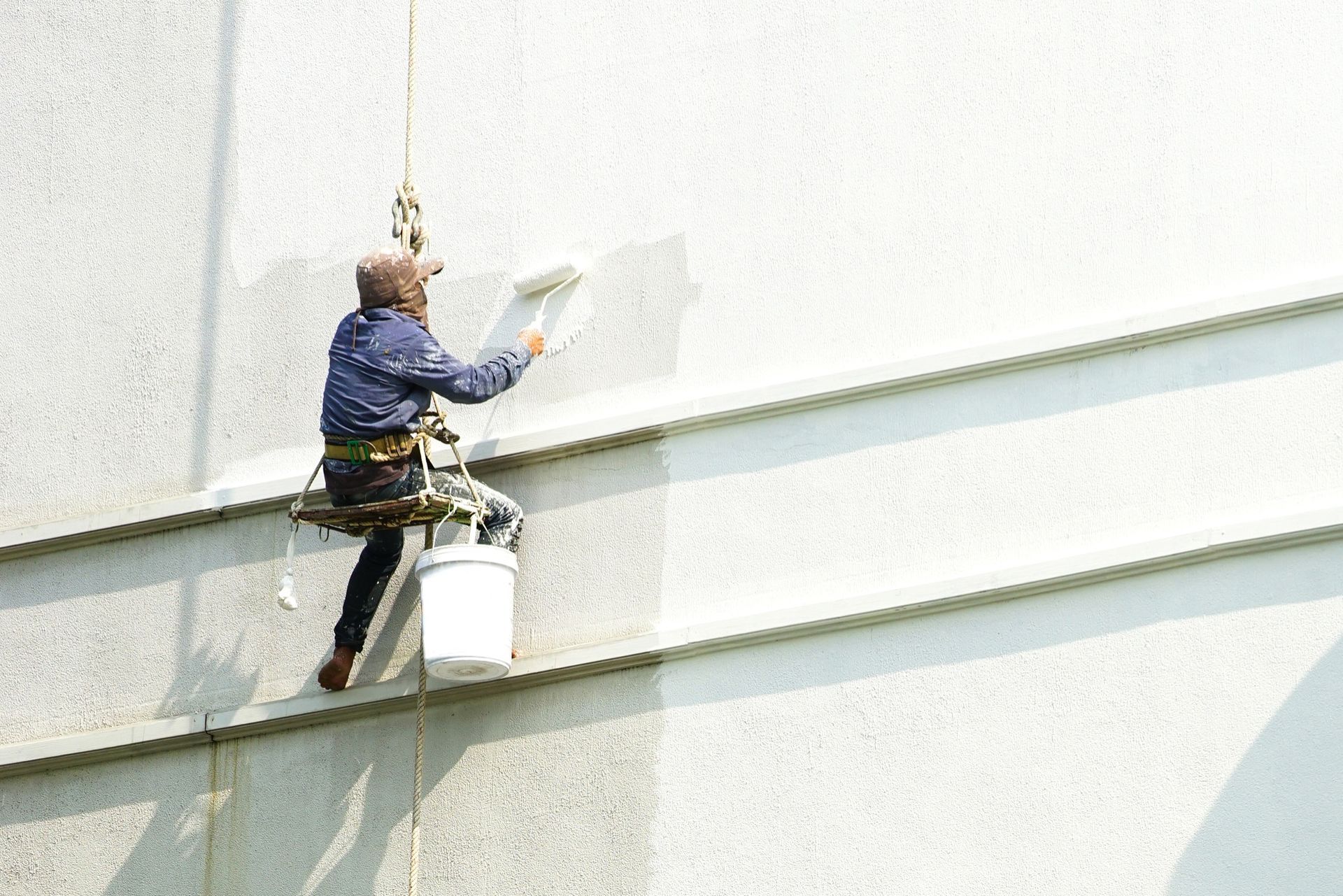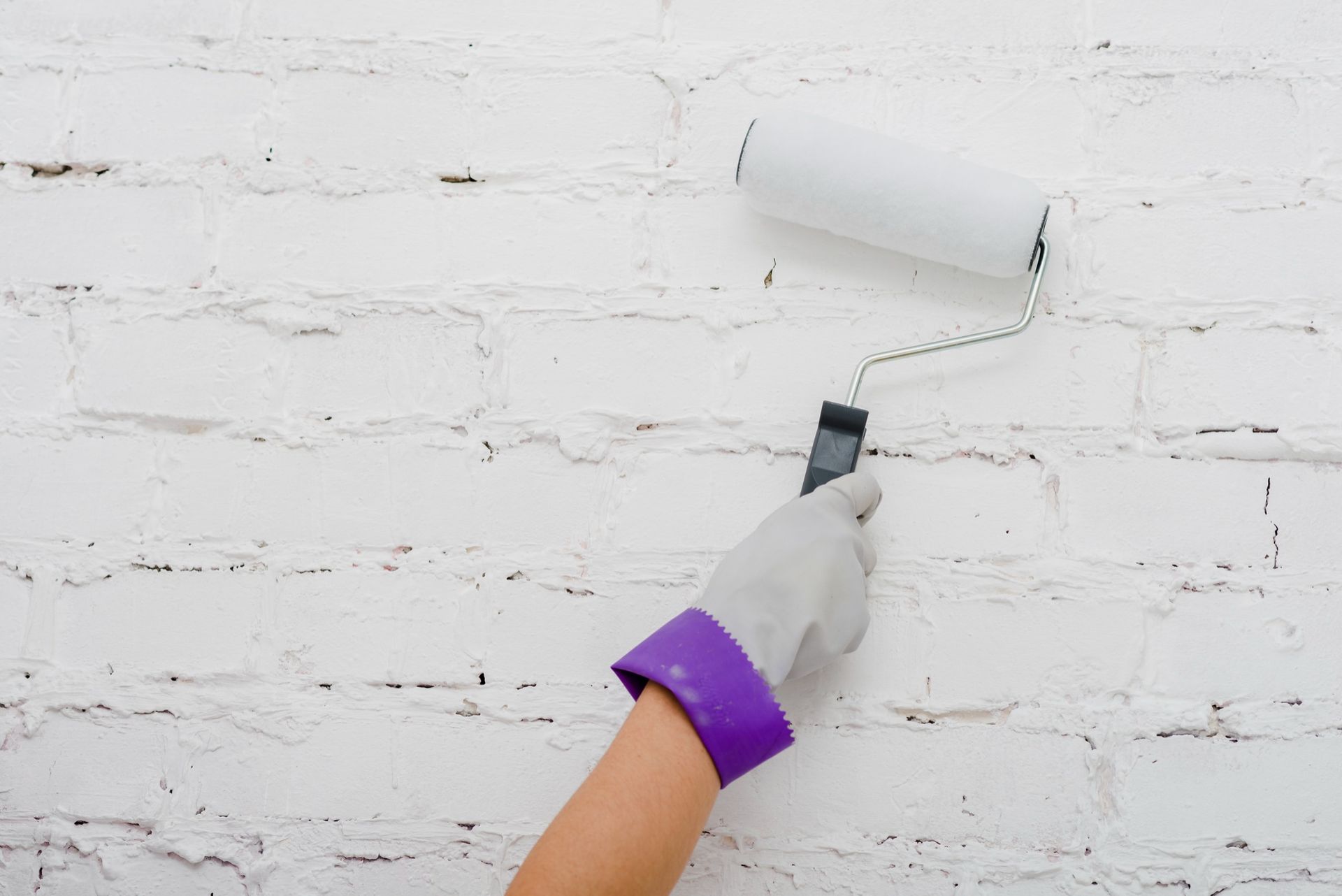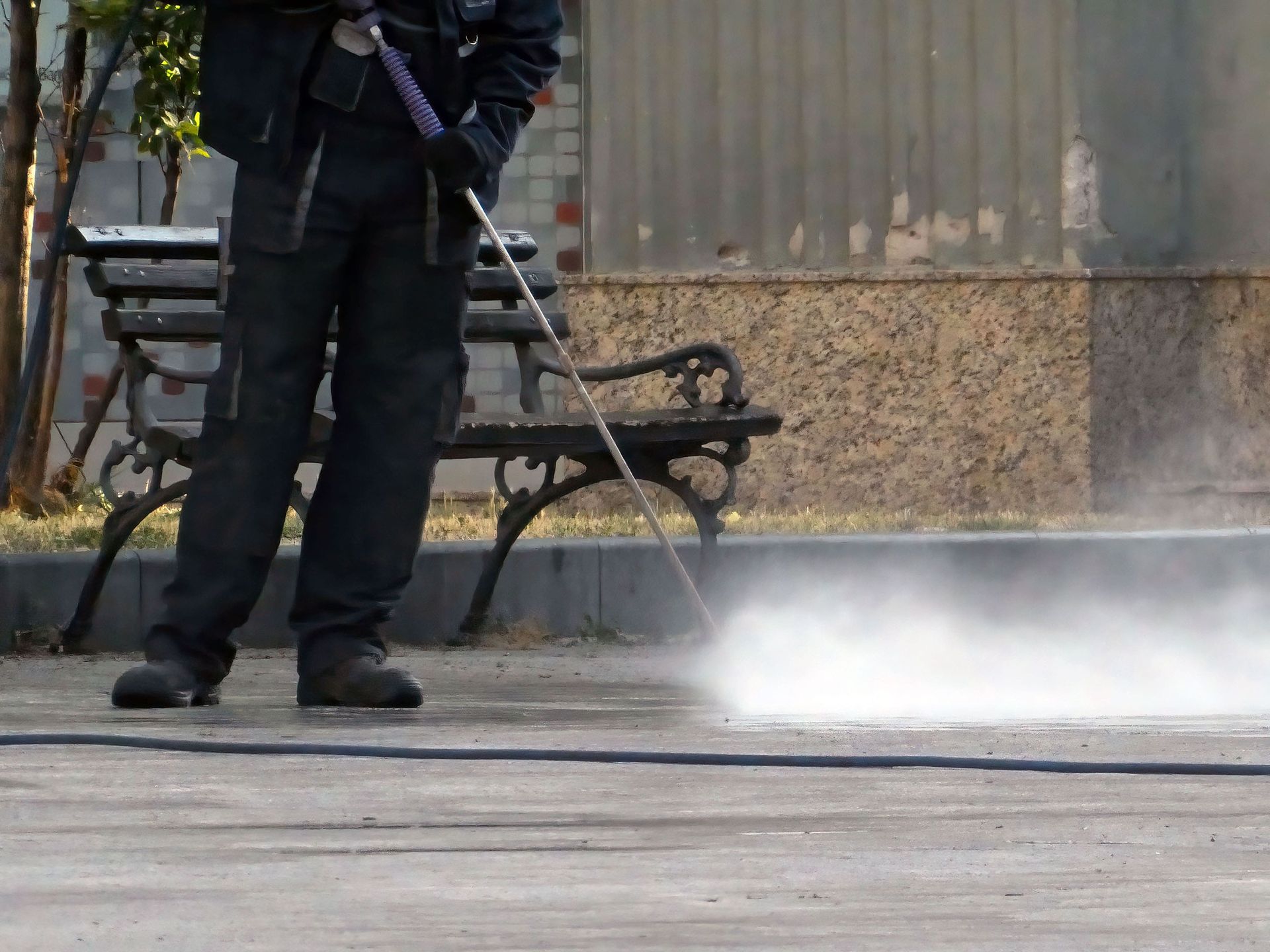(253) 961-4756
Discover How Long to Paint a House Interior Effectively
Have you ever wondered, "How long does it take to paint a house interior?" This is a common question for many homeowners embarking on a redecoration journey. Understanding the time involved is crucial for planning and executing your painting project efficiently.
Understanding the Scope of Your Painting Project
Assessing Your Space
Before diving into the painting process, it’s important to thoroughly assess the scope of your project. This involves more than just asking, “How long does it take to paint a house interior?” Start by measuring the square footage of each room you plan to paint. Remember, larger spaces with high ceilings will require more time and paint.
Room-by-Room Inspection
Conduct a room-by-room walk-through to note any special features like built-in shelves, fireplaces, or large windows that might require additional time and care. Also, consider the room’s function – a kitchen or bathroom, for instance, might need a different type of paint than a bedroom or living room due to moisture.
Color Choices and Their Impact
The color you choose can also affect the time needed. If you’re going from a dark to a light color, more coats may be necessary, thus extending the project duration. Likewise, intricate designs or patterns will add time compared to a single, solid color.
Preparation: The Key to Efficiency
- Cleaning and Repairing Walls: The first step in preparation is cleaning your walls. Dust, dirt, or grease spots can hinder paint adhesion, resulting in uneven coverage. Use a mild detergent and water to gently clean the walls. Next, inspect for any holes, cracks, or imperfections. Fill these in with spackle and sand them smooth once dry. This step is crucial for a professional-looking finish.
- Protecting Your Space: Remove as much furniture as possible from the room. For larger pieces that can’t be moved, cover them with drop cloths or plastic sheeting. Don’t forget to protect your floors – lay down drop cloths or old sheets to catch drips and spills.
- Taping and Edging: Use painter’s tape to protect baseboards, trim, and window frames. This not only helps in achieving clean, straight lines but also saves time in touch-ups later. If you're painting around complicated trim or in tight spaces, consider using an angled brush for better control.
- Priming the Walls: If you’re painting over a darker color or if there are significant variations in wall color due to repairs, using a primer is a good idea. Primer ensures a uniform base for your paint, which can reduce the number of coats needed and thus the overall time spent on your project.
Choosing the Right Paint and Tools
Selecting the Right Type of Paint
The choice of paint can greatly influence how long to paint a house interior. Water-based paints, like latex, are popular due to their ease of application and quick drying times. They're also less odorous and more environmentally friendly compared to oil-based paints. However, oil-based paints might be preferable for their durability, especially in high-traffic areas or where there's more wear and tear.
Sheen Matters
The finish of the paint also plays a role. Matte or flat paints can hide imperfections on walls but are less durable, while glossier finishes like semi-gloss or satin are easier to clean but might highlight flaws.
Selecting Tools for Efficiency
A good-quality brush and roller can make a significant difference. For most interior walls, a roller with a medium nap is ideal as it holds more paint and covers more surface area. Brushes are essential for cutting in around edges and corners. Angled brushes work best for precision work around trim and in tight spaces.
The Painting Process: Step-by-Step Guide
Start by "cutting in" – painting the corners, edges, and trim of a room. Use an angled brush for precision. This technique helps in creating a neat edge around these areas and prepares the room for rolling.
Step 2: Rolling the Walls
Once cutting in is complete, begin rolling the walls. Dip the roller into the paint, ensuring it’s evenly coated but not dripping. Apply the paint in a ‘W’ or ‘M’ pattern, then fill in the gaps with straight, overlapping strokes. This method helps in achieving an even coat.
Step 3: Applying Multiple Coats
Depending on your color choice and the type of paint, you might need more than one coat. Allow the first coat to dry completely before applying the next. This waiting time varies based on paint type and environmental conditions.
Step 4: Finishing Touches
After the final coat has dried, remove the painter's tape at a 45-degree angle to ensure clean lines. Perform any touch-ups as needed with a small brush.
Calculating the Time Needed for Different Stages
A key aspect of any interior painting project is calculating the time needed for each stage, which ensures effective planning and management. The entire process can be broadly divided into several phases, each with its own time considerations.
The initial phase, preparation, is foundational and can greatly impact the efficiency of the entire project. This stage involves tasks like cleaning walls, repairing any holes or cracks, sanding rough areas, and covering furniture and floors. Depending on the condition of the walls and the size of the space, preparation can take anywhere from a few hours to a full day. It's important not to rush this step, as thorough preparation leads to better painting results and can actually save time in later stages.
The next phase is the actual painting. The time required here varies based on the room size and the number of coats needed. Generally, applying a single coat of paint to an average-sized room can take about a day. However, if additional coats are required - which is often the case when changing
wall colors or when using less opaque paints - this time can increase. Typically, each additional coat would add another day to the project, considering the drying time between coats.
Speaking of drying time, it's one of the crucial aspects affecting the overall timeline. Water-based paints, like latex, usually dry faster than oil-based paints. The drying time is not just dependent on the type of paint but also on environmental factors such as humidity and temperature. In conditions of high humidity or cooler temperatures, paint takes longer to dry, which can extend the overall project duration.
Lastly, the final phase is the finishing touches and clean-up. This includes removing painter's tape, cleaning up drips or splatters, touching up any missed spots, and putting the room back together. This phase typically takes a few hours but is essential to give your painting project a polished look.
While the actual painting might seem like the most time-consuming part, it's the preparation and finishing stages that often require significant attention and effort. By understanding and allocating the right amount of time to each stage, you can ensure a smooth and successful completion of your painting project.
Factors Affecting the Painting Duration
Remember, factors like room temperature, humidity, and the condition of your walls can impact how long to paint a house interior. High humidity or cooler temperatures can prolong drying times.
Hiring Professionals vs. DIY
If you're short on time, hiring professionals might be the way to go. They can usually complete the job faster than a DIY approach. However, if you have the time and are willing to put in the effort, DIY can be a rewarding experience.
Tips to Speed Up the Painting Process
To speed up your painting project, organize your tools beforehand, work in a systematic manner, and if possible, have a helper. Also, painting multiple rooms simultaneously can save time.
Maintenance and Touch-Ups
Proper maintenance can extend the life of your paint job. Quick touch-ups as soon as you notice blemishes can keep your walls looking fresh longer, thus reducing the need for a full repaint soon.
Conclusion
Understanding how long to paint a house interior helps in efficient planning and execution. With the right preparation, tools, and techniques, you can transform your home's interior efficiently and enjoyably. If you're looking for expert assistance in Spanaway, WA, we at AllStar Painting LLC are here to help. Our experienced team understands the intricacies of interior painting and ensures each project is completed with precision and care. We take pride in our ability to deliver high-quality results that meet your unique needs and exceed your expectations. Give us a call at (253) 961-4756 to discuss how we can bring new life to your home's interior with our professional painting services.
-
What factors affect the time it takes to paint a house interior?
The time required can vary depending on the size of the house, the number of rooms, the complexity of the layout, the condition of the walls, and the type of paint used.
-
How long does it typically take to paint an average-sized room?
On average, it takes about a day to paint a standard-sized room, though this can vary based on the factors mentioned above.
-
Does the type of paint affect the painting duration?
Yes, different types of paint have different drying times and application methods, which can affect the overall duration.
-
Can weather conditions impact the painting process for house interiors?
While interior painting is less affected by weather compared to exterior painting, extreme conditions like high humidity can prolong drying times.
-
What can I do to speed up the painting process?
Proper planning, having all materials ready, and possibly hiring professional painters can expedite the process.

